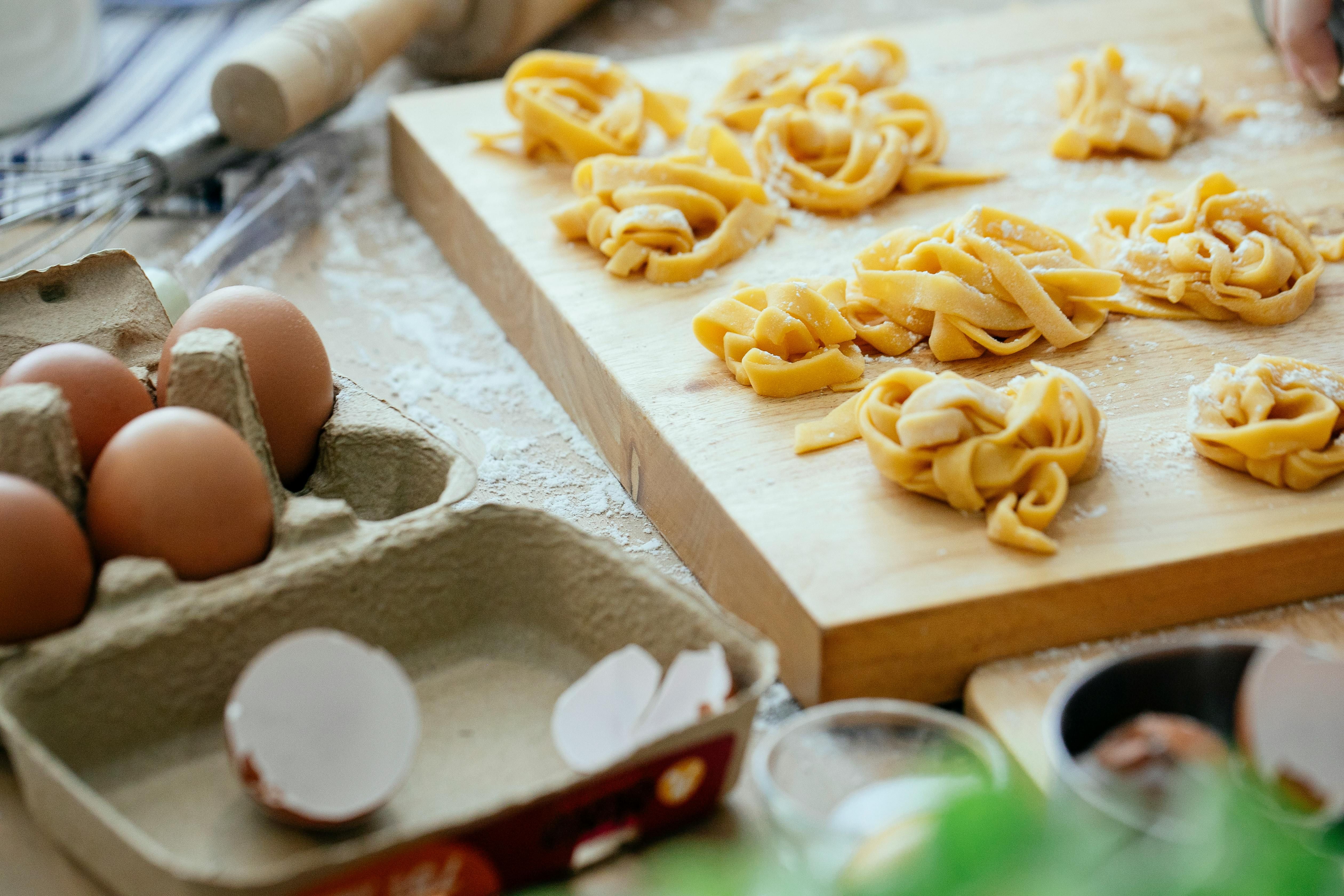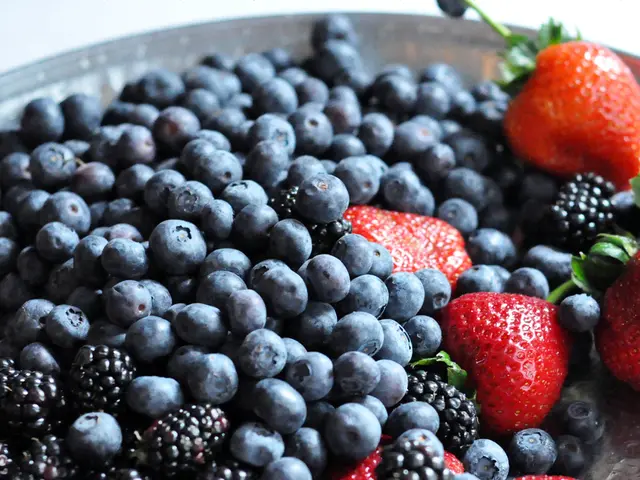Handmade Ravioli Pasta Dough Recipe
At the popular Flour + Water restaurant in San Francisco, Chef Thomas McNaughton whips up some delectable pasta dishes. Here's a take on his signature northern Italian-style ravioli dough recipe, often called rav dough. This recipe elegantly combines Italian "00" flour, whole eggs, egg yolks, and extra-virgin olive oil. Get your kitchen scale ready; precision is key to create pasta that's soft, silky, and firm, perfect for filling pastas like ravioli, tortelloni, and more. Remember, practice makes perfect, and you might need a few attempts to get it just right! Give this dough a try for Pumpkin Tortelloni with Sage and Pumpkin Seeds, also from Flour + Water, to level up your pasta game. Don't miss our enticing sneak peek into McNaughton’s test kitchen!
What to Buy:Italian "00" flour is not a specific type of wheat but is rather a super-fine grind produced through the milling process. It contains only the endosperm and is usually derived from soft wheat. The Antimo Caputo brand is easily attainable online.
Yield: 20 ounces of doughDifficulty: Tough but worth itTotal: 45 minutes, plus 30 minutes to 6 hours resting timeActive: 45 minutes0 Ratings
Ingredients (5)
- 2 cups (packed, unsifted) "00" flour
- 1 teaspoon kosher salt
- 1/2 cup (about 2 large) eggs
- 9 egg yolks (5 to 6)
- 1 1/2 teaspoons extra-virgin olive oil
Instructions
Mixing1. Mound the flour on a clean, dry work surface and sprinkle salt over the middle. Create a well 4 to 5 inches wide with at least half an inch of flour on the bottom.2. Gradually pour the eggs, yolks, and olive oil into the well. Beat the eggs with a fork without touching the flour walls or scraping through to the work surface. Slowly incorporate the flour walls into the egg mixture, working your way toward the outer edges.3. When the mixture becomes a thick, paste-like consistency, remove from the fork. Clear any wet dough from the surface, flip, and fold the dough onto itself. Continue kneading until all the flour is incorporated into the mass. Frequent spritzing of water is crucial to help the loose flour stick to the dough ball.
Kneading1. Kneading is vital to align protein structure and develop proper resting process. Pasta dough can be easily under-kneaded but is hard to over-knead. For 10 to 15 minutes, drive the heel of your dominant hand into the dough, push down, release, and then pick up and rotate the dough on itself 45 degrees.2. Once the dough is firm but bouncy, wrap tightly in plastic wrap.
Resting1. The flour continues to absorb moisture, further developing gluten structure. If using immediately, allow to rest at room temperature for at least 30 minutes. If resting for more than 6 hours, refrigerate. Fresh dough is best used within 24 hours. Refrigerate up to 2 days but avoid extended storage for color preservation.
Rolling1. Cut a section of dough, immediately rewrap the remainder, and place on the work surface. With a rolling pin, flatten the dough to fit the widest setting of the pasta machine. Feed the dough through the machine, guide it quickly, and adjust thickness settings accordingly. Gradually reduce the setting and repeat to double the dough's length.2. Measure the desired pasta sheet width (minus two fingers) and make a crease to fold the pasta over. Repeat for the rest of the sheet, aiming for a minimum of four layers for the best results. Secure layers with the rolling pin, roll flat, put the dough back in the machine with a 90-degree turn, and proceed with rolling instructions.
This basic recipe offers a taste of Thomas McNaughton's unique approach to northern Italian-style ravioli dough. Master his technique, and your pasta-making journey will be unforgettable!
- The '00' flour used in this ravioli dough recipe, available from the Antimo Caputo brand, is a key ingredient for creating the perfect pasta texture.
- This uncategorized recipe, which follows Thomas McNaughton's signature northern Italian-style ravioli dough technique, combines '00' flour, kosher salt, eggs, egg yolks, and extra-virgin olive oil.
- With precision being paramount for achieving soft, silky, and firm pasta, remember to use a kitchen scale and follow the laminating settings when rolling out the dough.
- While practicing this ravioli dough recipe, you might find it challenging but the effort is worth it, leading to improved pasta-making skills for delicious filling pastas like ravioli, tortelloni, and more.







